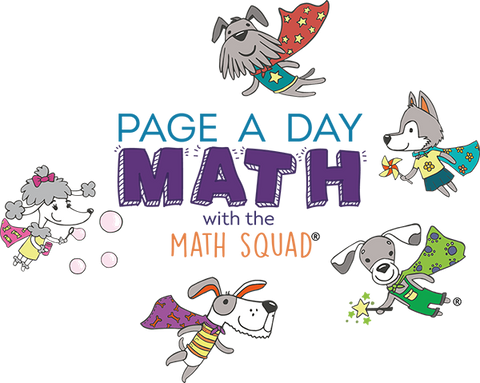
Low Math and Reading Scores…Again. What Can We Do?
I just read this article (link below) about math and reading proficiency in US public schools. The results are upsetting, but not new.
There are two glaring areas, Mindset, and Skills. They are not mutually exclusive. When our children are young 3-6 years old, they are introduced to many new things. The earlier they are introduced to different topics, the more they will know and the more comfortable they will be with them.
Children exposed to early math, between the ages of 3-6, in a fun and encouraging way will probably feel more comfortable with math and enjoy it more.
Here are a few activities parents shared with me that they do with their children to make math part of their daily life fun and fit it into their busy schedules.
1) At the dinner table, they ask their children math questions in a playful, realistic way. Their children look forward to these games while spending together.
2) On the way to the bus stop or in the car on the way to school they ask each other math questions and math facts. Parents enjoy answering their children’s questions as much as asking them. This time allows their children to play the “teacher” which causes them to think about asking the questions. Asking questions also triggers thought about the solution.
Playing number games creates a great mindset for math. Simply put, it is fun because it creates meaningful interactions, causing us to think creatively and make pleasant memories!
Here’s the article. Share your comments. Which state do you live in? What do you think the reason is for low math and reading skills? How can we solve this ongoing problem?
No significant change in average mathematics score for fourth-graders compared to 2015
About the Author and Creator of Page A Day Math
 Janice Marks
Janice Marks
Janice began her career in education to pursue teaching pre-algebra at BASIS Tucson North, a charter school currently ranked as the sixth-best STEM school in the country by Newsweek. There she found joy in teaching math, working with parents, and inspiring children to believe in themselves and thrive. This experience, along with helping her own children succeed in math, led her to develop the Page A Day Math system.





